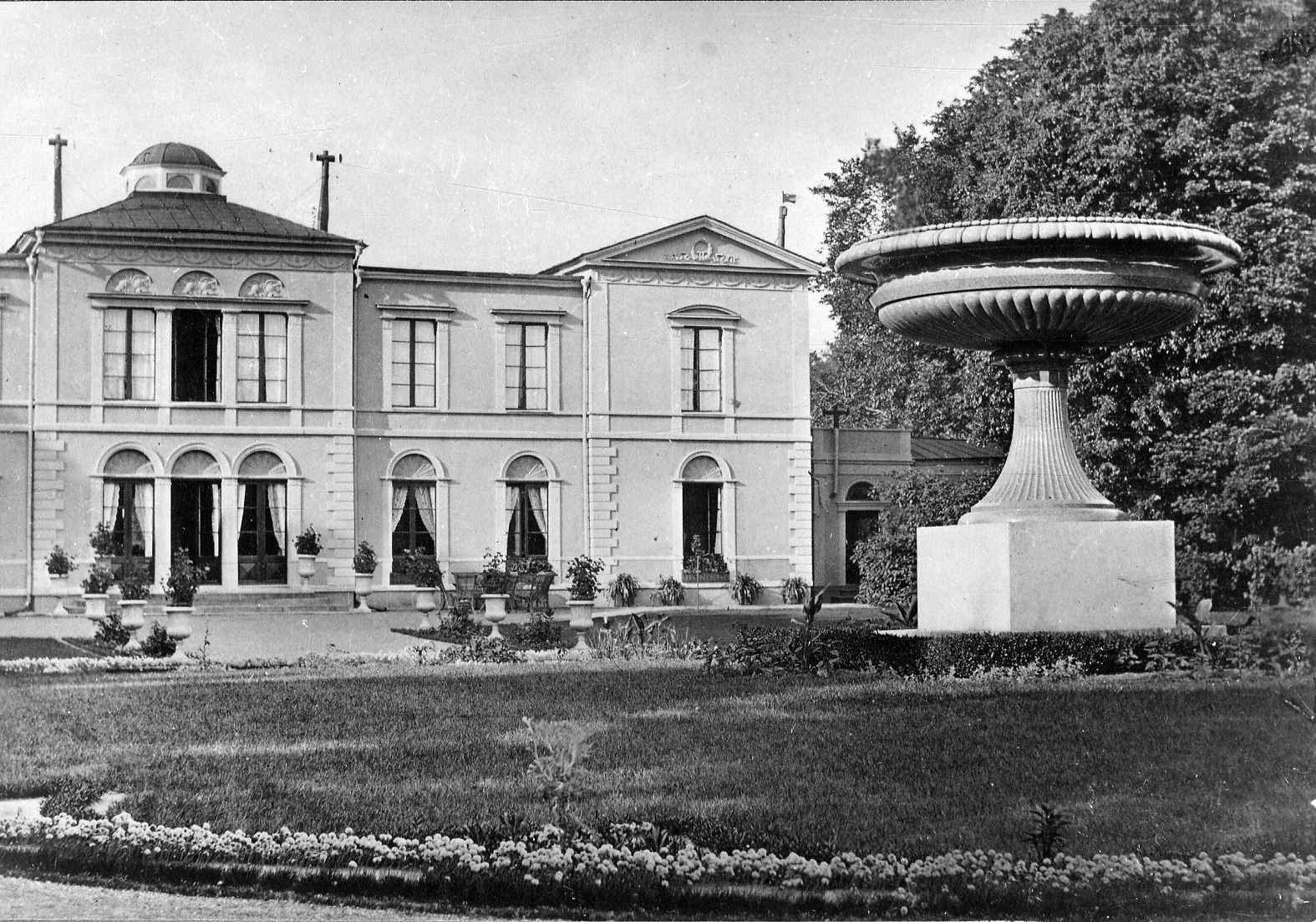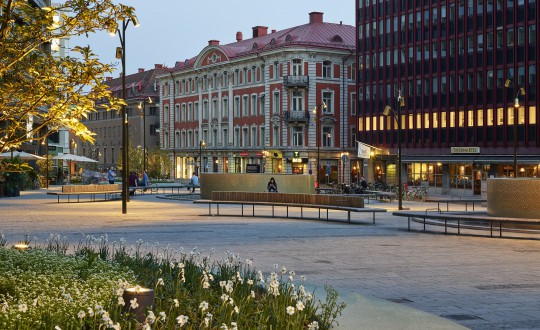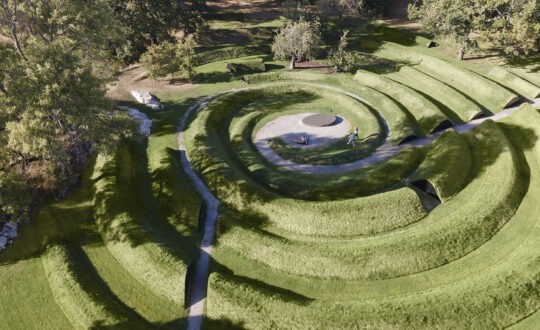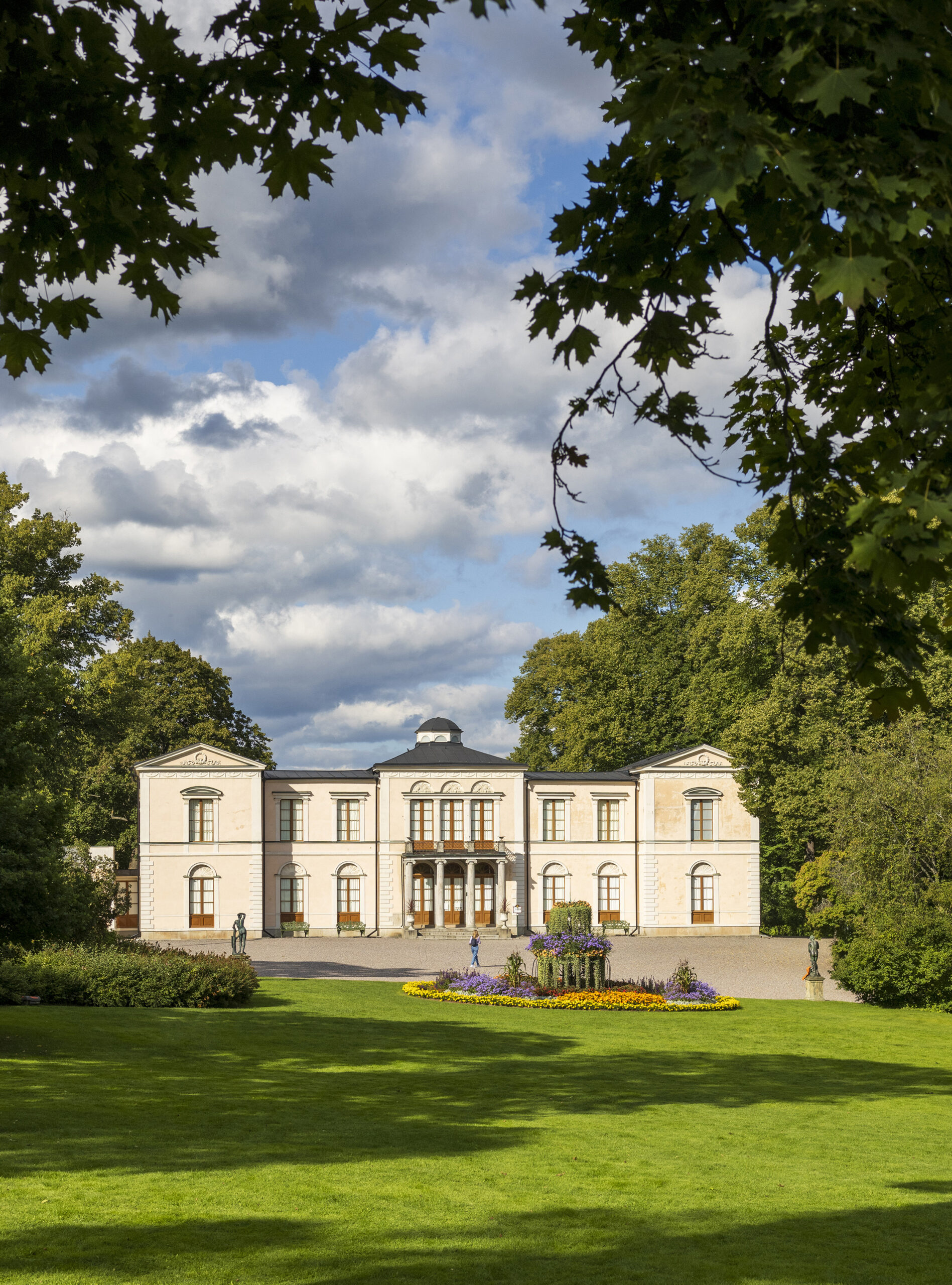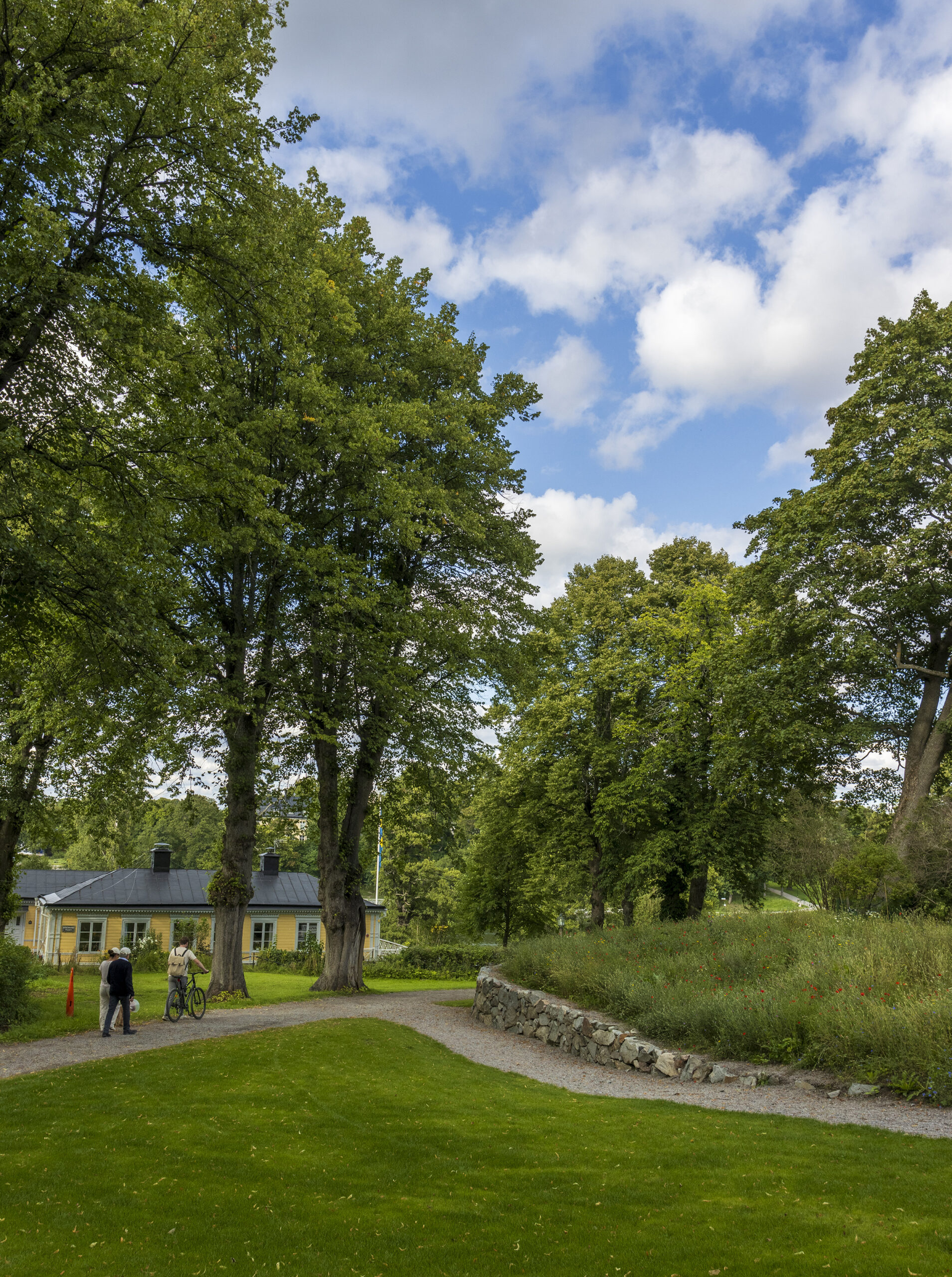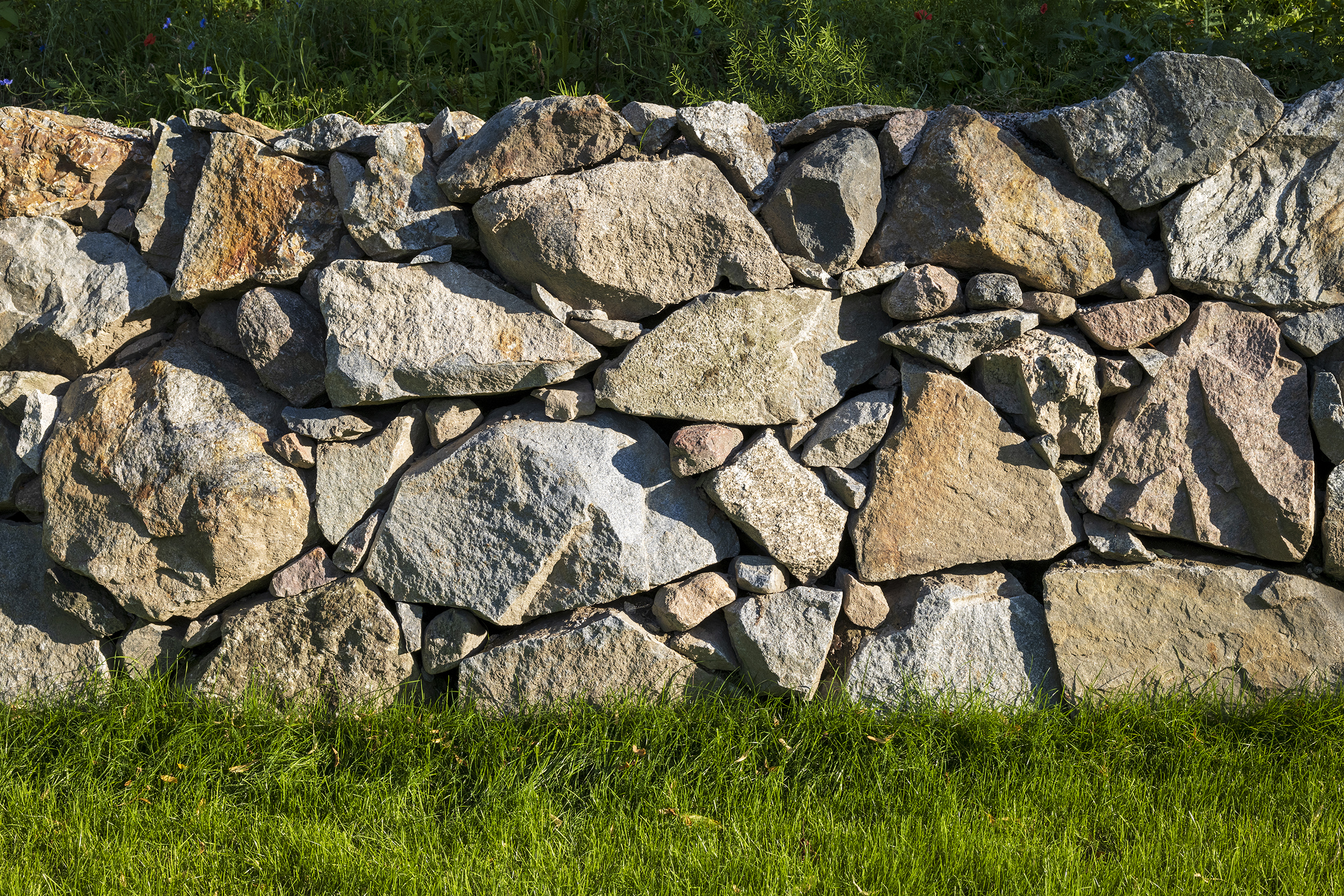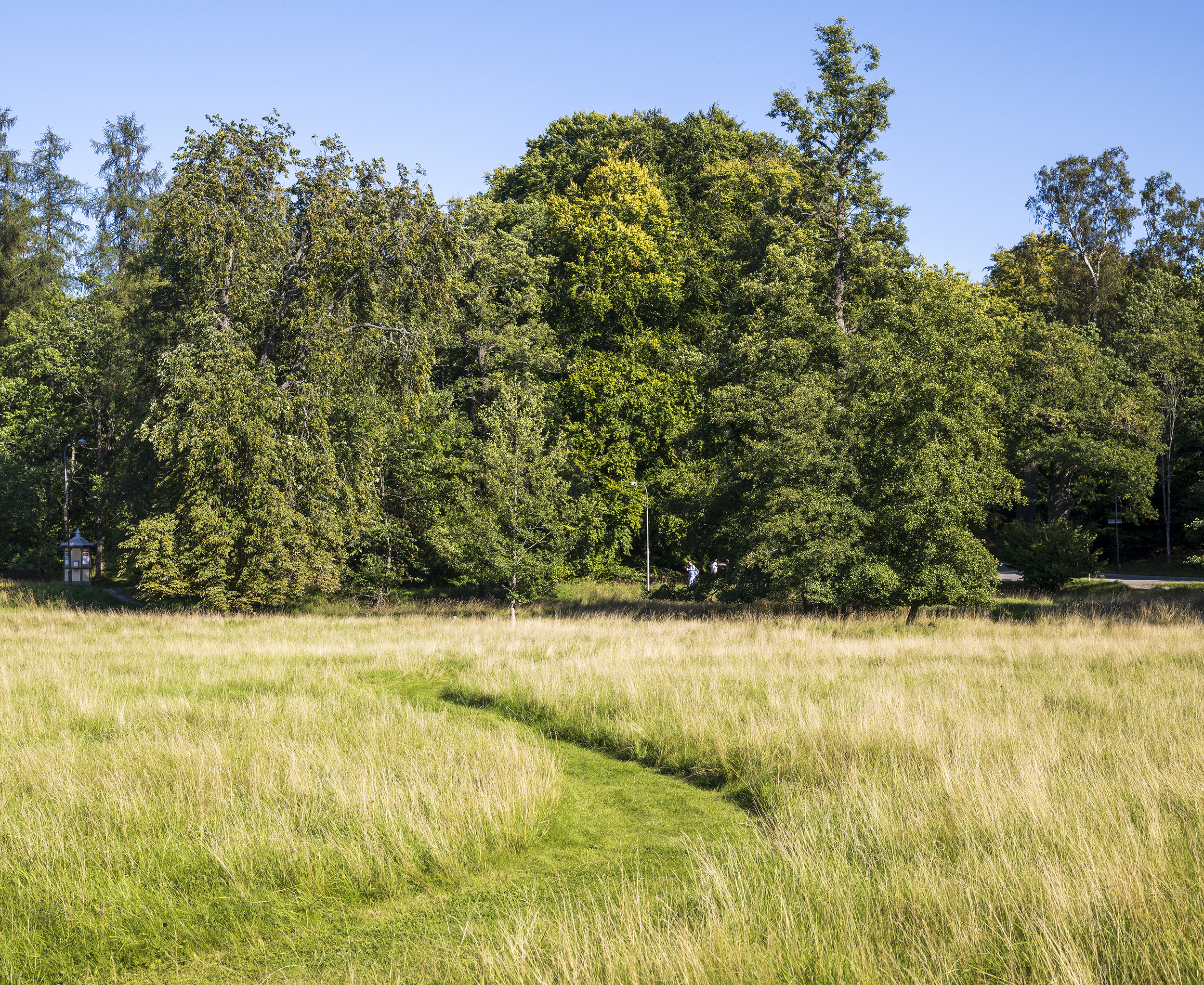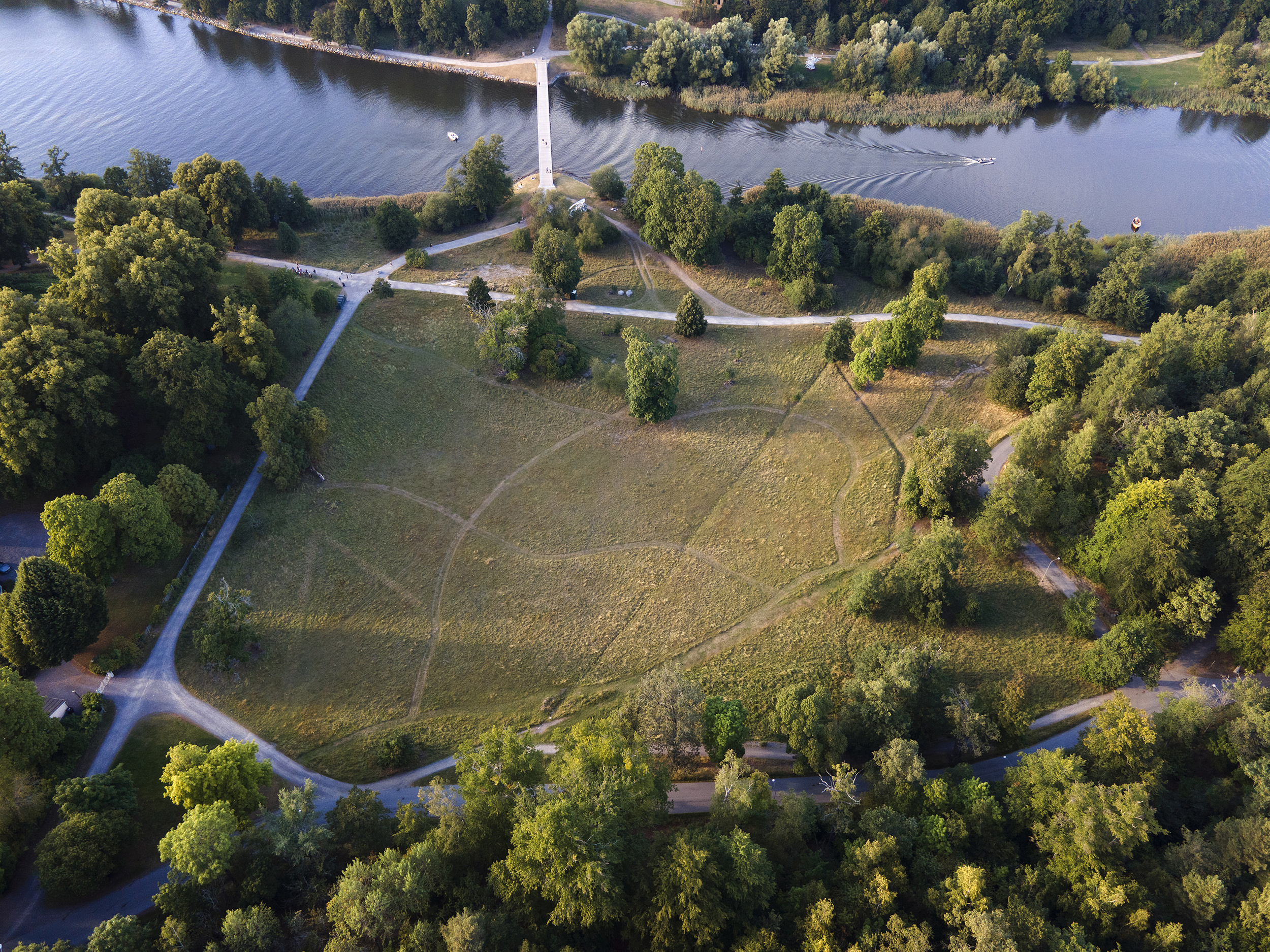Rosendal Palace Gardens
Client
The Royal Djurgården Administration
Project group
Jonas Berglund, Christiaan Smits, Linnea Lundström
Year
2018 – ongoing
Location
Södra Djurgården, Stockholm
Photo
Nivå landskapsarkitektur, where not otherwise stated
Slideshow
See pictures
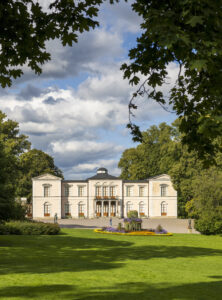
Beneath the grounds surrounding the Royal summer palace of Rosendal on Södra Djurgården lies a 19th-century park in fossilised condition. In collaboration with the Royal Djurgården Administration, the promenade park and the defined cultural landscape that surrounded Karl XIV Johan’s royal pleasance have been restored.
The royal pleasance palace has significant architectural, park, and societal historical values. Extensive knowledge has been gathered as a basis for the restoration work. The work has involved many competencies and has included the analysis of old map materials and engravings, watercolours and photographs.
The compiled knowledge base is the foundation for the design of a maintenance program and maintenance plan, which provide a basis for restoration and guidelines for the park’s care. The document takes a ten-year perspective where landscape restoration and vitalisation through historically anchored additions are prioritised.
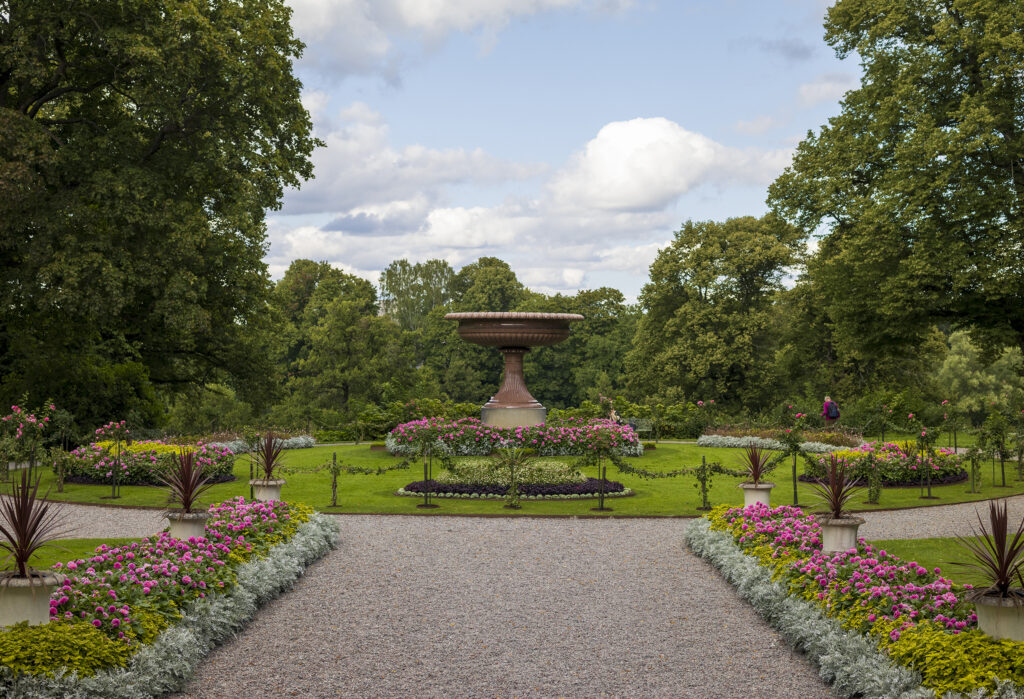
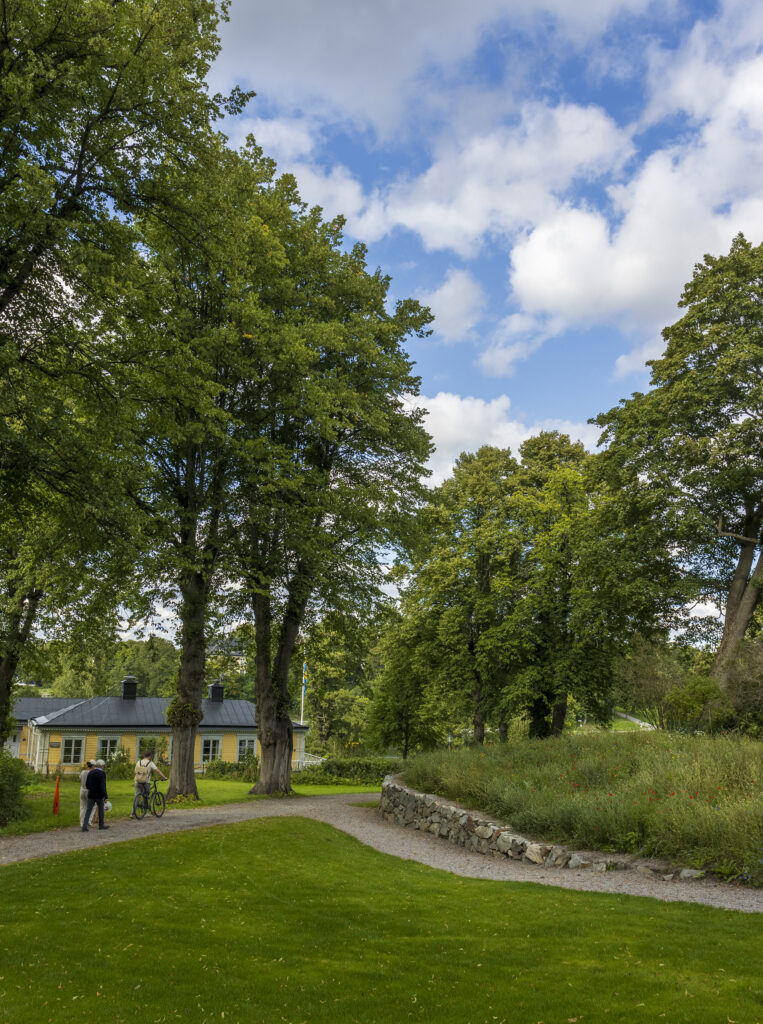
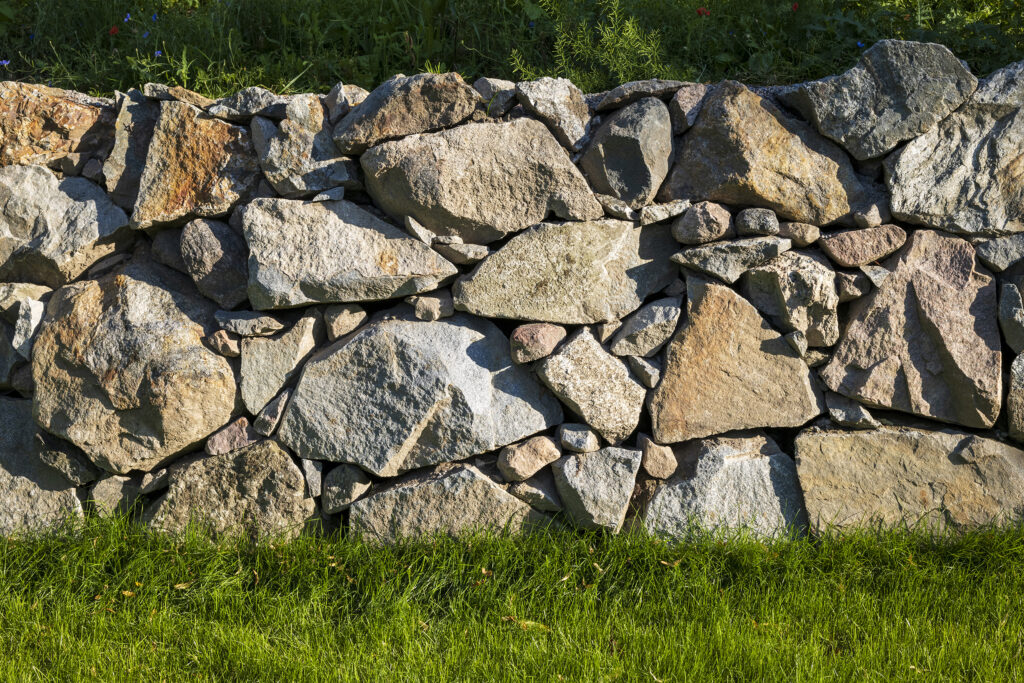
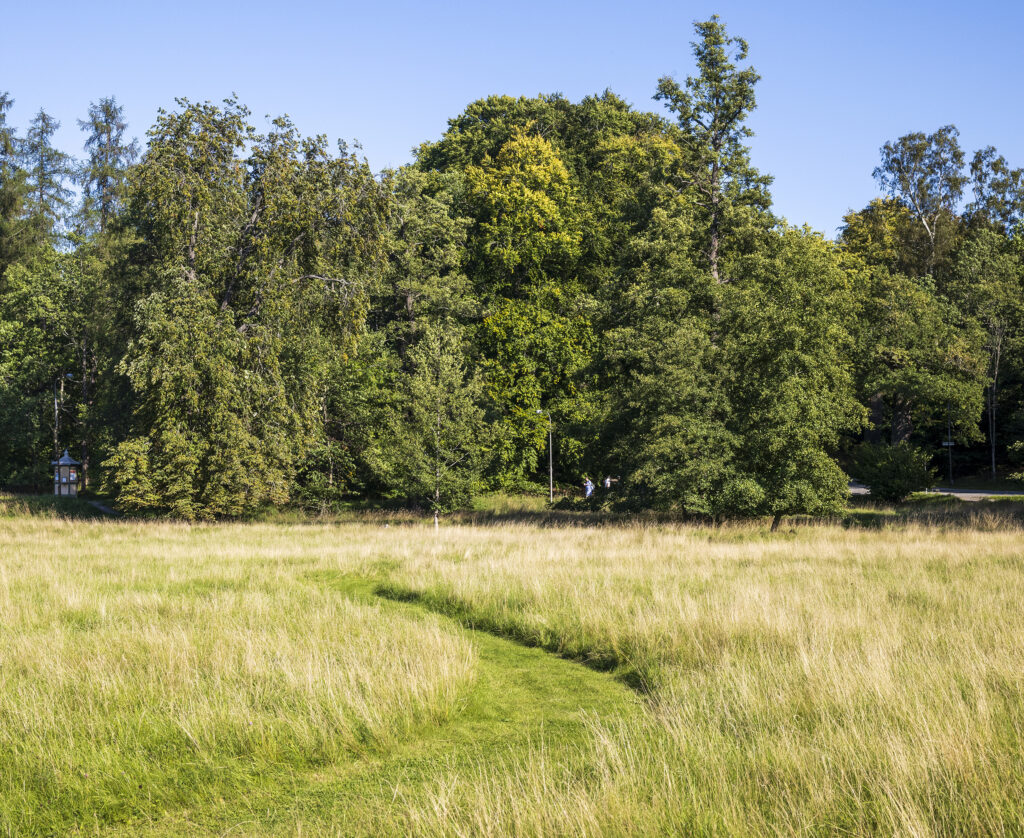
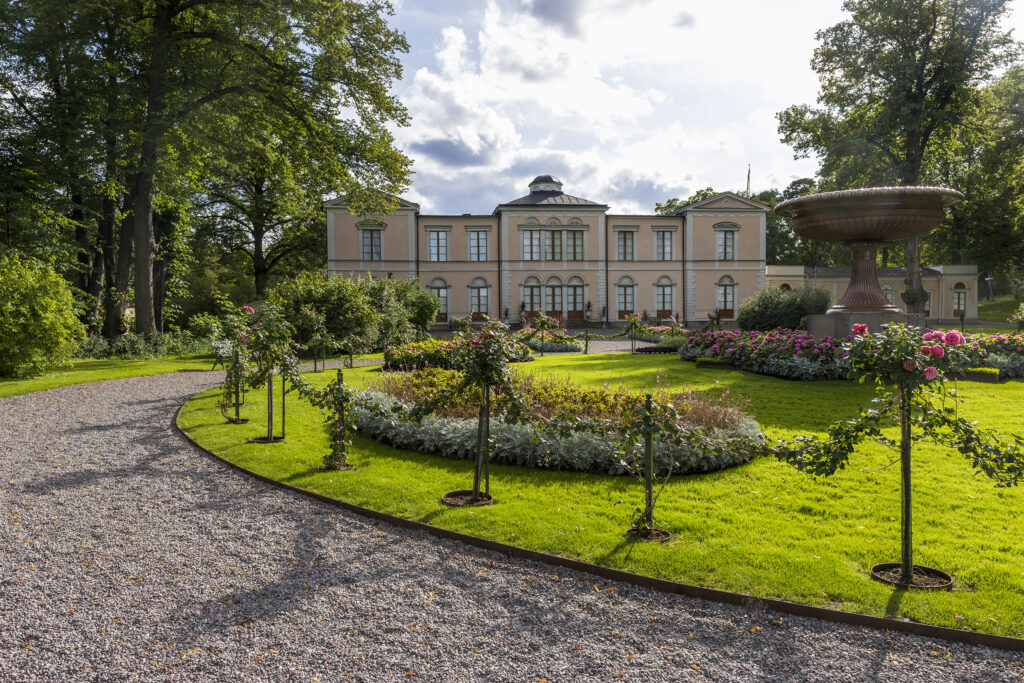

Photo: Robin Hayes


